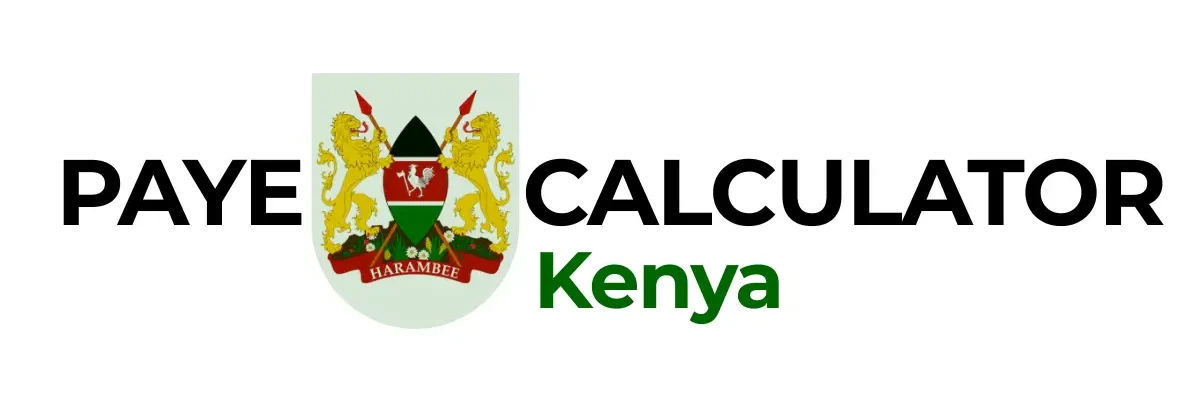Advanced Pricing Agreements and Transfer Pricing in Kenya
The Finance Act 2025, signed on June 26, 2025, introduces Advance Pricing Agreements (APAs) in Kenya, effective January 1, 2026. APAs offer a proactive way to manage transfer pricing, ensuring fair pricing for cross-border transactions between related companies. This benefits multinational companies, tax consultants, and corporate finance professionals by reducing tax disputes and providing certainty. This article explains how APAs work, their benefits, compliance requirements, and examples of businesses that can use them, using trusted sources like People Daily and KPMG.

What Is Transfer Pricing?
Transfer pricing sets prices for transactions between related companies, like a parent company and its Kenyan subsidiary. These prices must be “arm’s length,” meaning they match what unrelated companies would charge. This prevents companies from shifting profits to lower-tax countries, ensuring fair tax payments in Kenya.
What Are Advance Pricing Agreements?
APAs are voluntary agreements between a business and the Kenya Revenue Authority (KRA). They pre-set the pricing method for cross-border transactions for up to five years. This ensures the prices meet arm’s length standards, reducing the risk of tax disputes. APAs align with global standards, like the OECD Transfer Pricing Guidelines and BEPS Action 14 for dispute resolution.
How Do APAs Work in Kenya?
The APA process includes four steps:
- Application: Submit a detailed proposal to the KRA, including transaction details, related parties, and pricing methods.
- Review: The KRA examines the proposal and may request more documents or suggest changes.
- Negotiation: Both parties discuss to agree on fair pricing methods.
- Agreement: A binding APA is signed, valid unless the business misrepresents facts.
Currently, Kenya offers only unilateral APAs (with the KRA). Bilateral or multilateral APAs, involving foreign tax authorities, may come later to prevent double taxation.
Benefits of APAs
APAs offer clear advantages:
- Tax Certainty: Businesses know their tax obligations upfront, aiding financial planning.
- Fewer Disputes: Pre-agreed prices reduce audit risks and costly disputes.
- Better Cash Flow: Predictable taxes help manage funds and support growth.
- Stronger Trust: APAs build cooperation between businesses and the KRA.
Compliance Requirements
To use an APA, businesses must:
- Follow arm’s length pricing as agreed in the APA.
- Keep detailed records, including functional analyses and comparability studies.
- Submit annual reports to the KRA, proving compliance with the APA terms.
- Update documentation to reflect any changes in transactions or business structure.
Failure to comply may lead to the APA being revoked, triggering audits or penalties.
Who Benefits from APAs?
Multinational companies with cross-border transactions benefit most. Examples include:
- Manufacturing: A Kenyan subsidiary importing parts from its parent company.
- Technology: A software firm in Kenya providing services to a foreign parent.
- Pharmaceuticals: A company transferring intellectual property between Kenya and abroad.
Tax consultants and corporate finance professionals help prepare applications and ensure compliance with Kenyan and global tax rules.
Examples of Applicable Businesses
- Manufacturing: A Kenyan factory importing raw materials from its U.S. parent uses an APA to set fair import prices, avoiding tax disputes.
- Technology: A Nairobi-based tech firm developing apps for its UK parent agrees on service pricing via an APA, ensuring tax clarity.
- Pharmaceuticals: A drug company with R&D in Kenya and production in India uses an APA for intellectual property pricing.
| Business Type | Transaction Example | APA Benefit |
|---|---|---|
| Manufacturing | Importing raw materials | Avoids pricing disputes |
| Technology | Providing software services | Ensures tax certainty |
| Pharmaceuticals | Transferring intellectual property | Reduces audit risks |
Why APAs Matter
APAs make Kenya’s tax system more modern and investor-friendly. They align with OECD guidelines, attracting foreign investment. By reducing disputes, APAs save time and money for businesses and the KRA. They also promote transparency, strengthening trust in Kenya’s tax environment.
What Businesses Should Do
- Prepare Early: Gather transaction details and pricing data for APA applications.
- Hire Experts: Work with tax consultants to ensure compliance with KRA and OECD rules.
- Monitor Updates: Check the KRA website ([www.kra.go.ke]([invalid url, do not cite])) for APA guidelines expected by mid-2026.
- Plan Finances: Use APAs to forecast taxes and improve cash flow.
Conclusion
The Finance Act 2025’s introduction of APAs marks a new era for transfer pricing in Kenya. Starting January 1, 2026, APAs offer multinational companies a way to avoid tax disputes and plan finances with confidence. By aligning with global standards, Kenya becomes more attractive to investors. Businesses should prepare now, working with tax experts to leverage APAs for compliance and growth.
